Literature Review: Brac Bank and IT Integration in Banking
VerifiedAdded on 2022/09/11
|6
|799
|16
Literature Review
AI Summary
This literature review examines the integration of Information Technology (IT) within Brac Bank, a prominent banking institution. It explores the adoption of e-banking, the utilization of ArchiMate modeling language for business architecture, and the role of the BIAN Association in standardizing IT services within the banking sector. The review highlights how Brac Bank has incorporated various IT models to enhance its services, adapt to market competition, and reduce costs. It discusses the challenges of IT integration, such as complexities arising from diverse IT infrastructures and the need for agile and flexible systems. Furthermore, it delves into the BIAN Association's efforts to create industry standards for service operations and functional partitions, aiming to improve interoperability and lower integration costs within the financial services sector. The review emphasizes the importance of IT in modern banking and the strategic initiatives undertaken by Brac Bank to leverage technology for sustained success.
1 out of 6
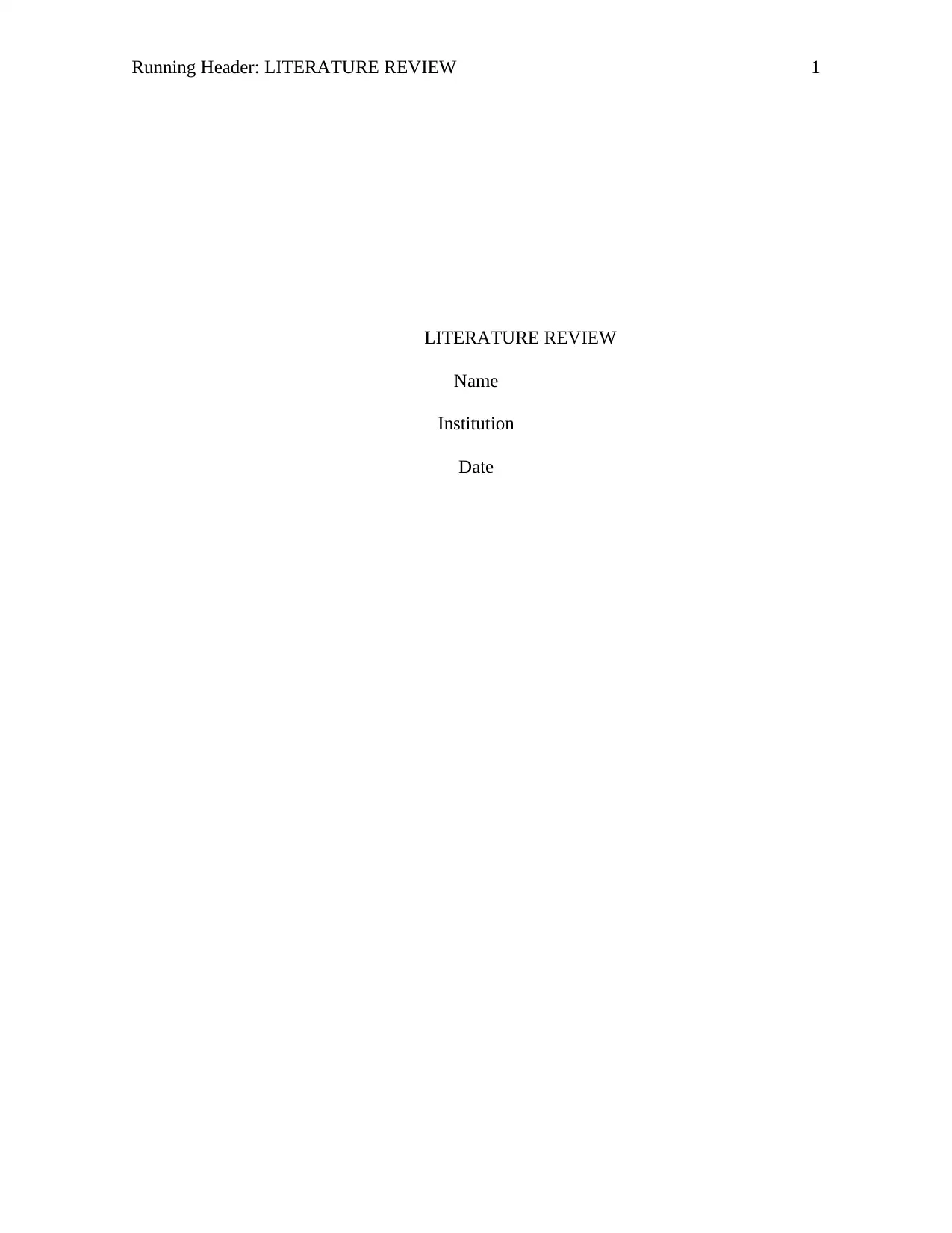
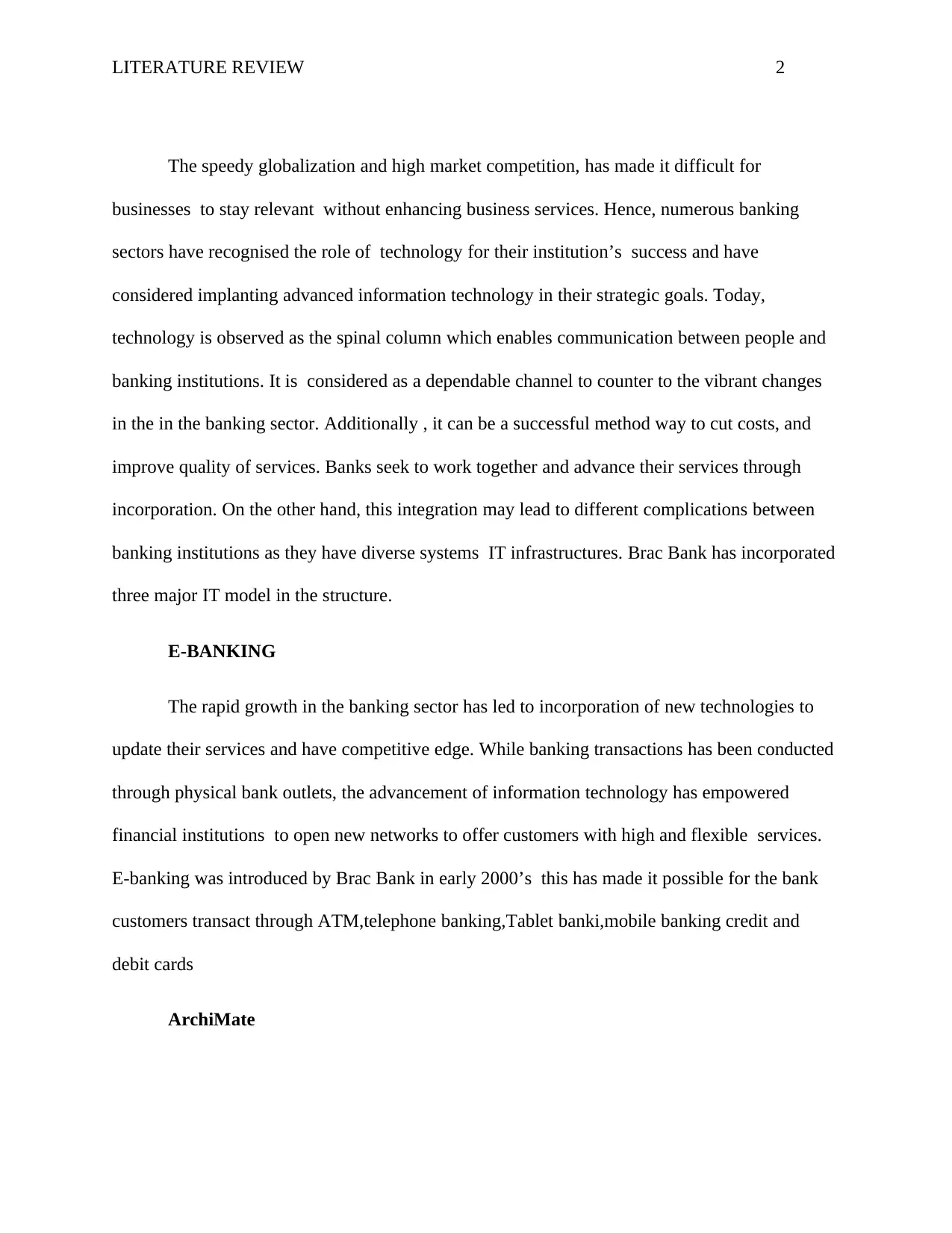
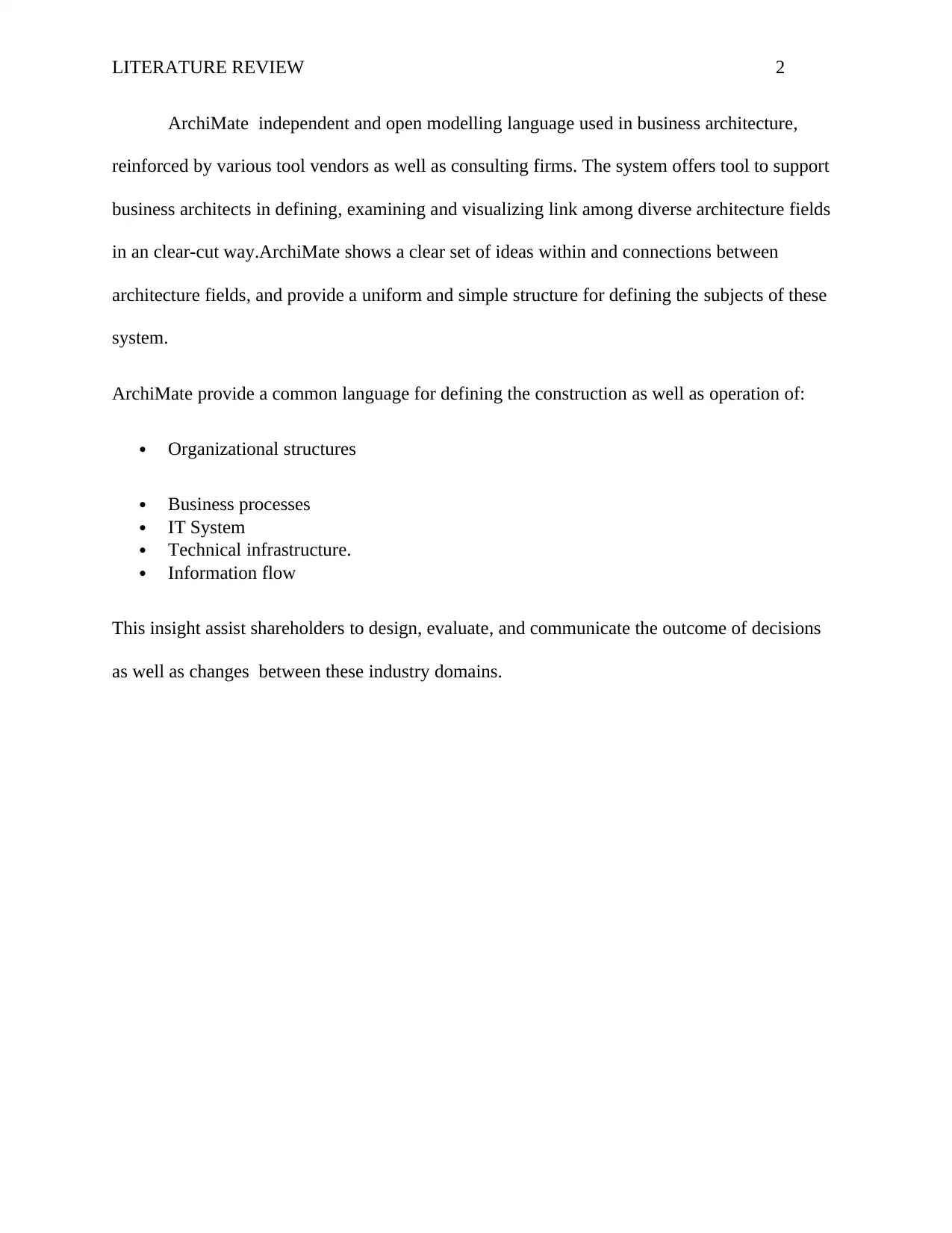

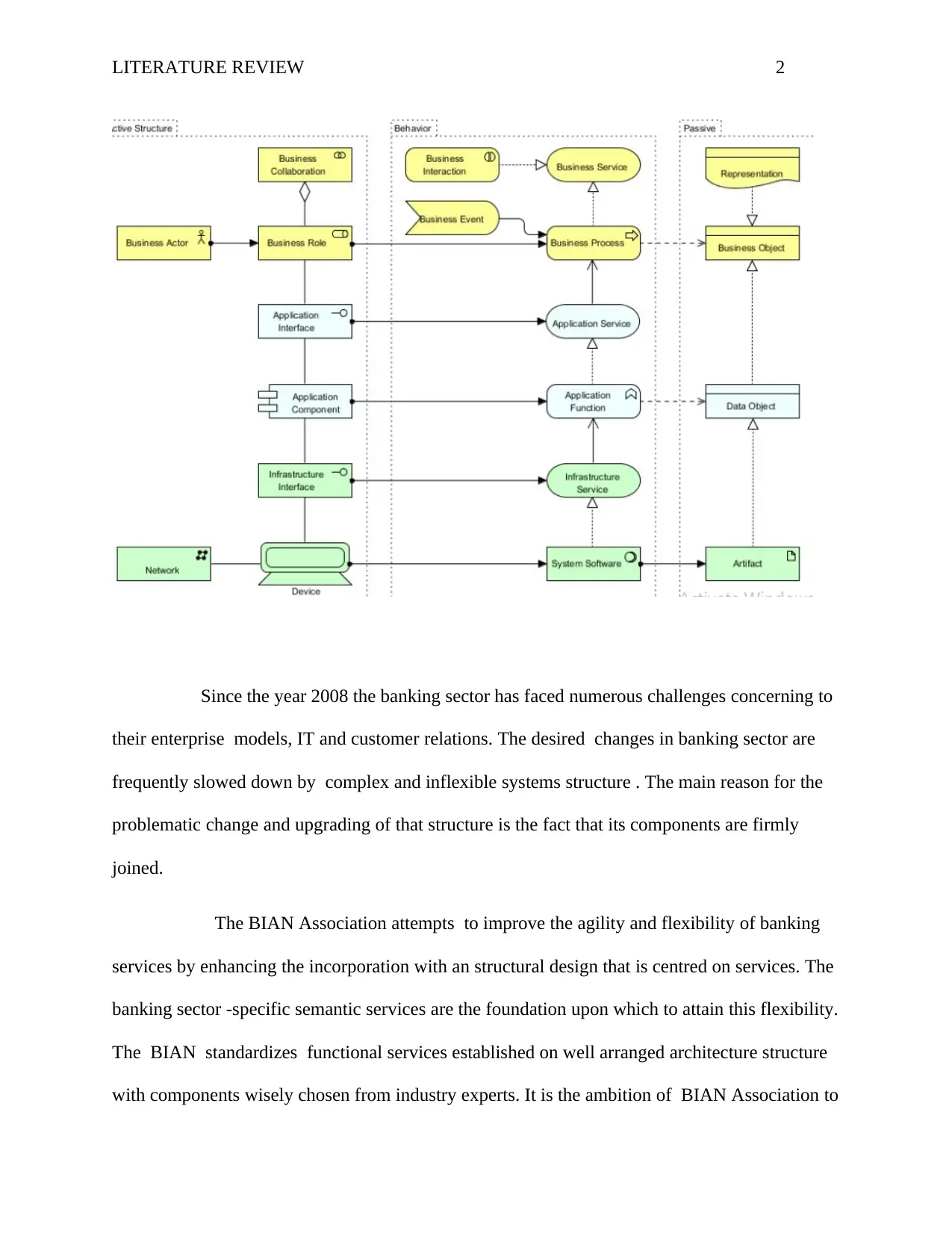
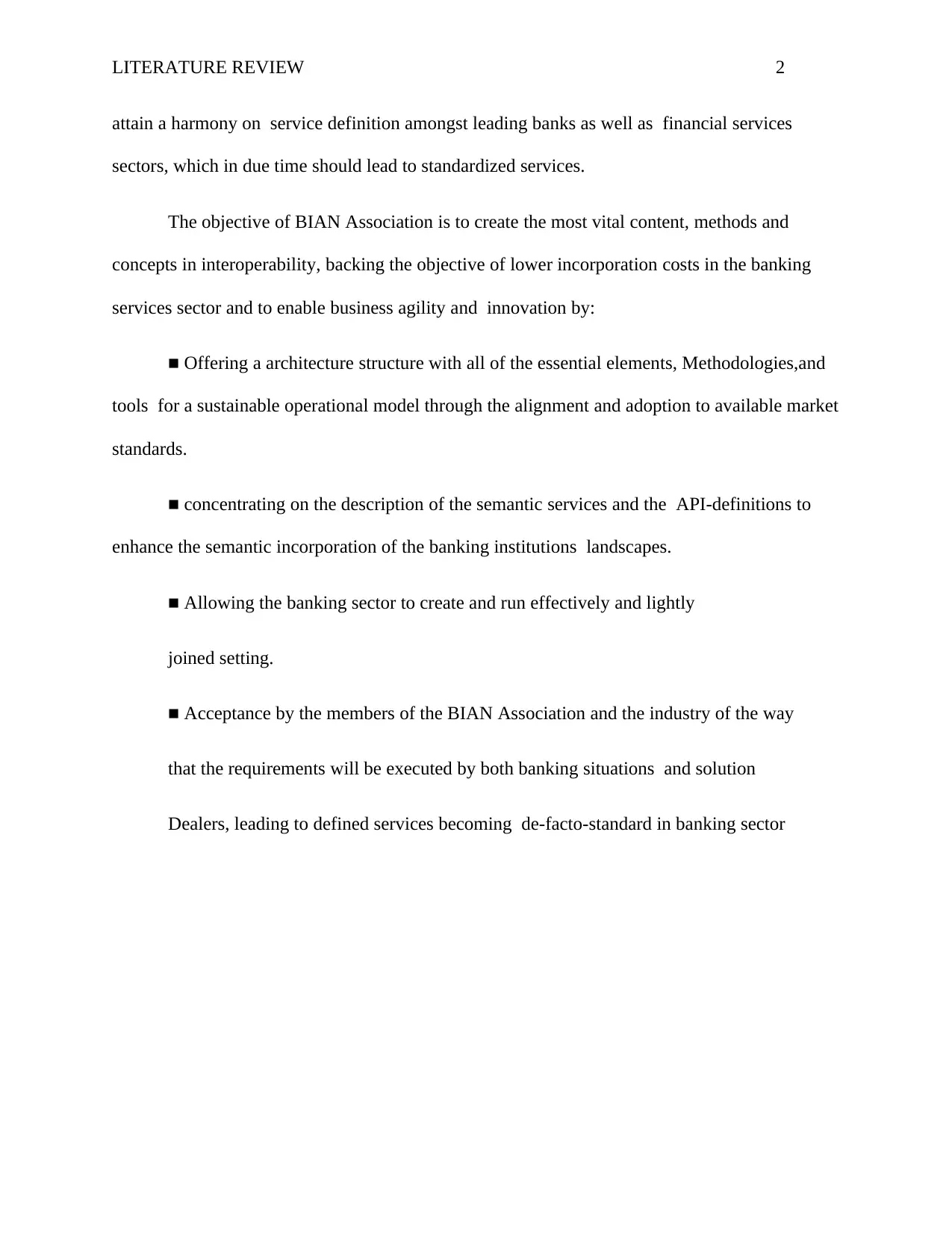
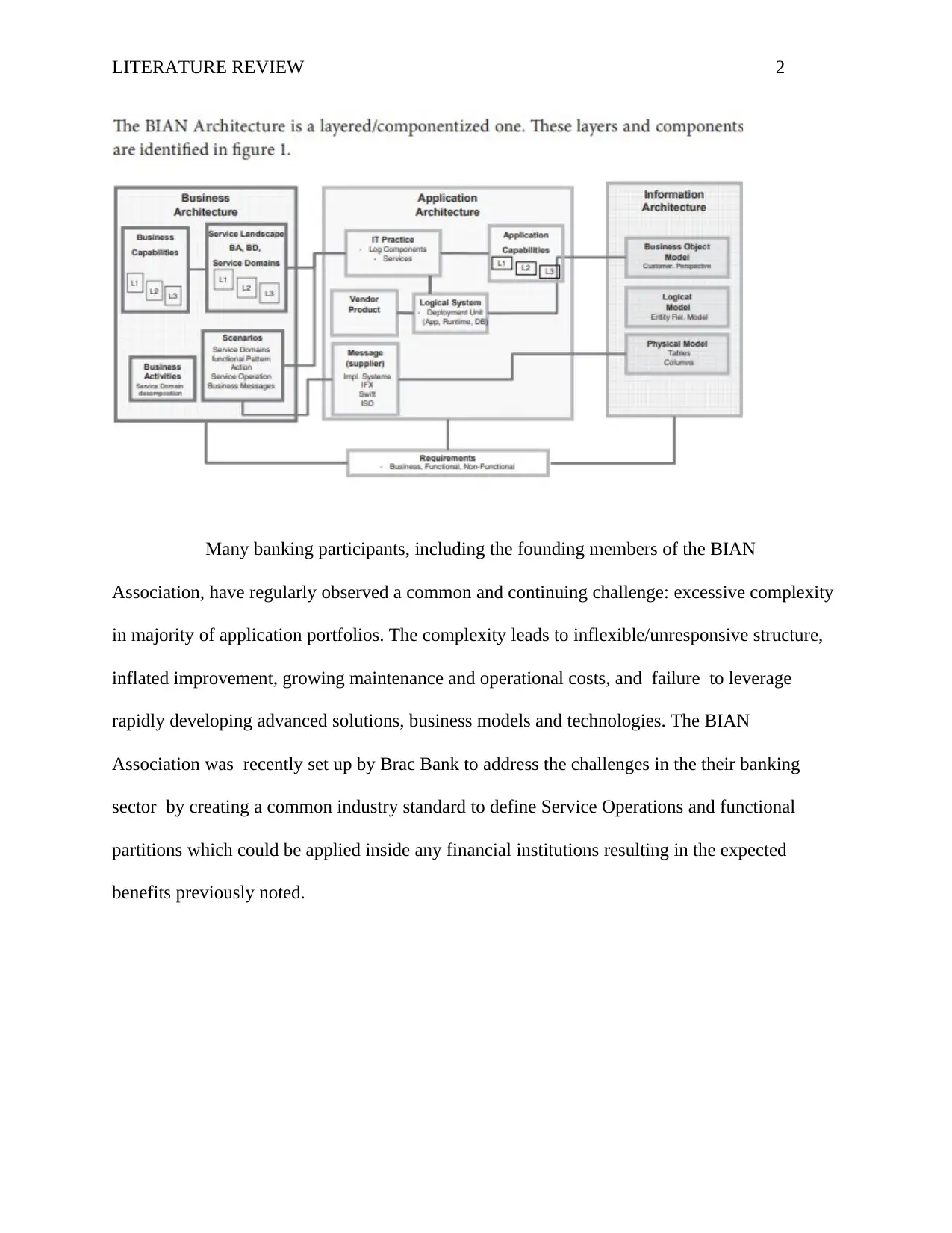





![[object Object]](/_next/static/media/star-bottom.7253800d.svg)